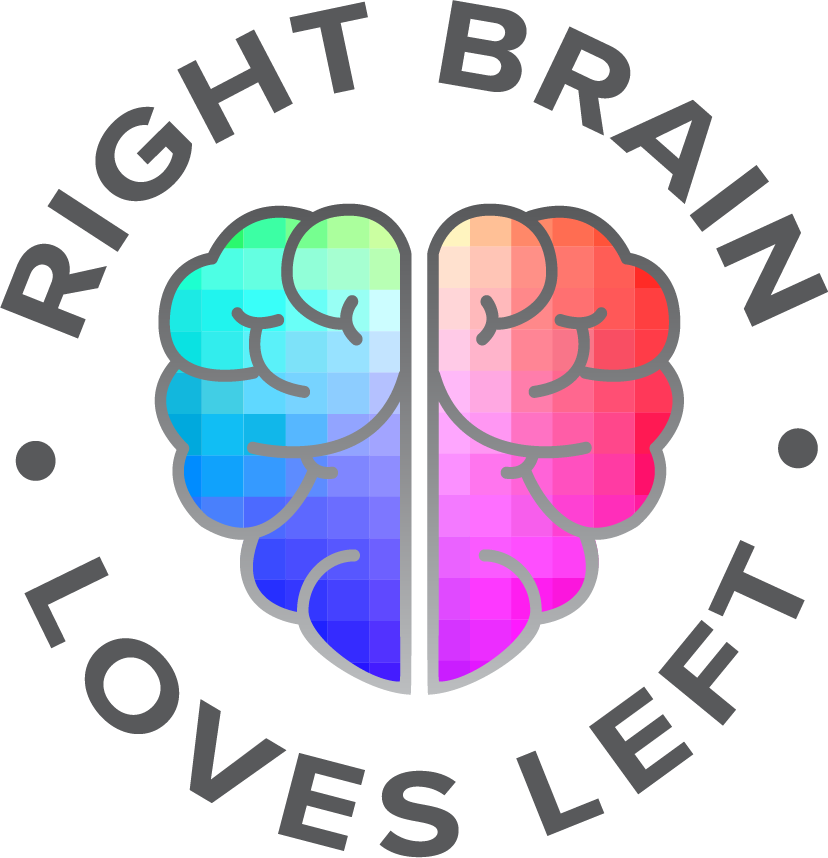Embrace Distractions for Better Productivity
In today’s fast-paced world, managing our time efficiently has become an essential skill, especially for small business owners who juggle countless responsibilities. In my quest to master time management, I've found that time blocking is one of the most effective strategies out there. The basic idea is to allocate dedicated slots throughout your day for specific tasks, creating a structured approach to getting things done.
When I first started, I thought more time devoted to each project meant more productivity. I would set aside large blocks of time for big tasks, confident that the uninterrupted focus would yield better results. However, a pattern emerged that I couldn’t ignore: around 40 minutes into a task, my attention would begin to wander. I’d feel the urge to check Instagram, get a coffee refill, or see what my dog was up to—anything but the work at hand.
At first, I blamed myself for these so-called distractions, frustrated that I couldn’t simply power through. But then I had a realization: What if these "distractions" were actually a natural response from my brain—a signal that it was time to pause and reset? Rather than fighting against these moments, I decided to work with them, reframing my approach to productivity.
The Power of a 40-Minute Focus
After noticing my natural tendency to lose focus after 40 minutes, I decided to experiment with working in shorter, more intentional blocks. I set a timer for 40 minutes of focused work, followed by a 10-minute break. The results were surprising—tasks were not only completed more quickly, but the quality of my work also improved. I felt more energized and less overwhelmed, making the workday a more enjoyable experience overall.
By embracing shorter, intentional work periods, I could maintain a high level of concentration without battling against my natural tendencies. This led me to explore the idea that distractions aren’t inherently bad; instead, they can be indicators of when it’s time to recharge.
The Science Behind Taking Breaks
Science supports the idea that taking regular breaks can enhance productivity. According to research, our brains aren’t designed for prolonged focus on a single task. The "ultradian rhythm," a natural cycle the brain goes through every 90 to 120 minutes, suggests that we function best when we take breaks to refresh our mental energy. While 90 minutes may work for some, I found that my sweet spot was 40 minutes, followed by a quick 10-minute pause.
Acknowledging this need for periodic rest doesn’t mean accepting distractions as inevitable, but rather, recognizing them as opportunities to reset. When we listen to these natural signals, we work with our bodies and minds instead of against them.
Three Strategies for Managing Distractions Effectively
Distractions don't have to derail your day. Here’s how to embrace them and turn them into tools for greater productivity:
Tune Into Your Personal Work Rhythm
We all have unique patterns of focus and energy. Pay attention to when you naturally seek a break and adjust your work schedule accordingly. This personalized approach allows you to optimize your day based on your natural rhythms. For example, if you find yourself consistently losing focus around the same time each day, start scheduling breaks before that point hits. This proactive method can lead to more satisfying work sessions and a better flow throughout the day.Plan Your Breaks Wisely
Not all breaks are created equal. Use these moments to truly recharge, rather than engage in activities that might leave you feeling more drained. Consider doing something physical like stretching or taking a short walk to get your blood flowing. Alternatively, engage in a quick meditation or breathing exercise to refresh your mind. The goal is to return to your tasks feeling re-energized, not distracted by a rabbit hole of social media or other diversions.Reflect and Adjust Your Approach
Productivity isn't a one-size-fits-all formula. At the end of each day, take a few minutes to reflect on what worked well and what didn’t. Did certain tasks take longer than expected? Were some distractions harder to overcome? Use this insight to tweak your schedule for the next day. This iterative approach allows you to continually refine your time management strategies, helping you find your most productive patterns over time.
Viewing Distractions Through a New Lens
Reframing distractions as natural and even beneficial parts of our workday can transform our relationship with productivity. Instead of seeing them as signs of failure, we can view these moments as signals from our brains to pause, refresh, and come back stronger. This shift in perspective encourages us to work with our natural inclinations rather than against them, ultimately leading to a more enjoyable and effective work process.
So, the next time you find yourself craving a break, don’t beat yourself up. Instead, use that moment to reset and recharge. By aligning your work with your natural rhythms, you can achieve better results and create a healthier relationship with your work.
Here’s to embracing productivity in a way that feels more human—and here’s to your ongoing success!

